TPO
The TPO membrane was first introduced to the roofing market in the early 1990’s as a more economical and efficient alternative that was thought to replace PVC roofing products. TPO is a single ply roofing system that consisting of a thermoplastic polyolefin membrane. This membrane is composed of three layers:Common fillers used in TPO manufacturing include but are not limited to: talc, fiberglass, carbon fiber, wollastonite, and Metal Oxy Sulfate. Popular rubbers used in TPO manufacturing include ethylene-propylene rubber and EPDM.
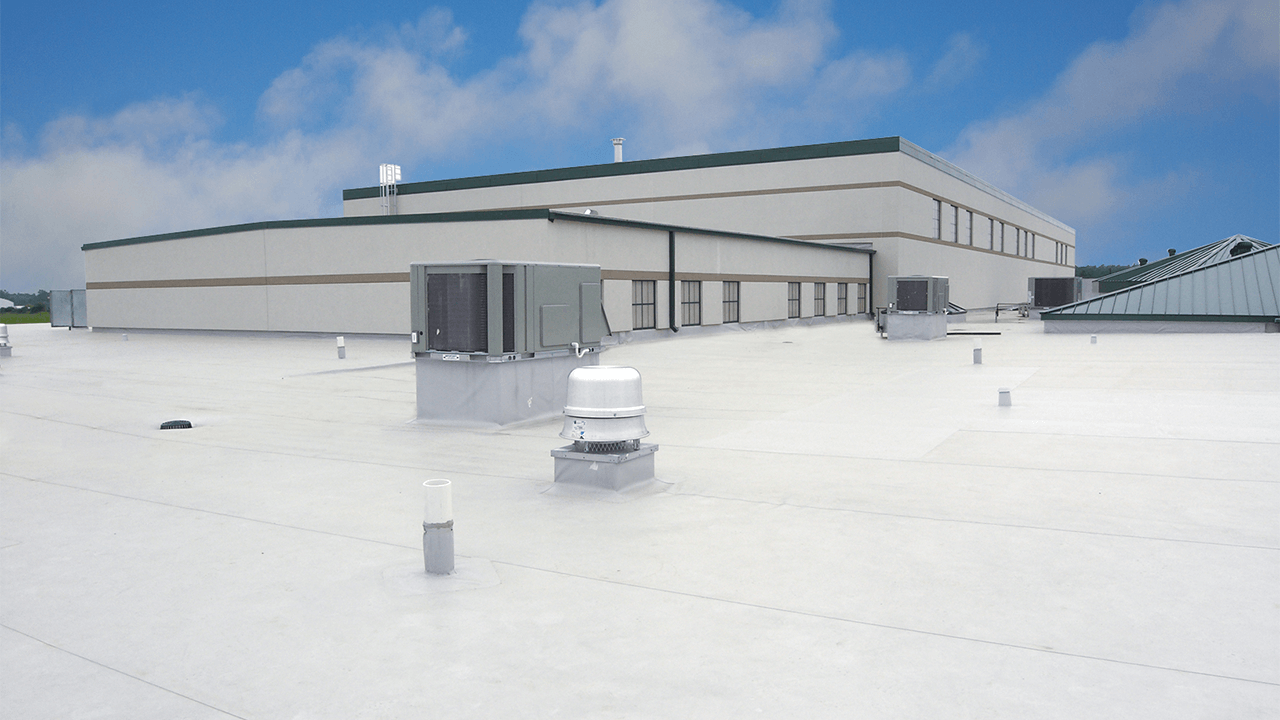
Built-Up Roof (BUR)
This option is very common because it is very inexpensive, and most facility managers and companies like to save money. Don’t you? BUR is also a very attractive and aesthetically pleasing roof as the top coat is typically gravel and looks very nice. It is also a great insulator because it has many layers. These layers also contribute to this roofing systems most significant problem, however, as BUR roofs become very heavy and often requires joists in the existing roof to be reinforced, which increases cost and construction time. BUR is also not recommended to be installed with occupants in the building; any delay in construction time results in increased down time for the company. You can get a more detailed description of this flat roof option here.
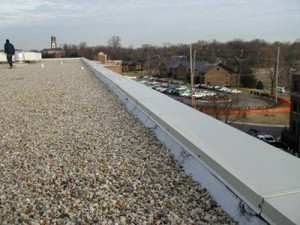
Modified Bitumen
This is a single ply roofing system that is often rolled onto the roof surface. The older systems require the material to be laid on the roof and then heated with a blowtorch. This is obviously a dangerous installation method, so newer systems have been designed that allow the material to be peeled and stuck to the roof surface. This is one of the more environmentally friendly flat roof options as it reflects the sun and therefore cuts back on energy costs. However, this system is not very scuff or tear-resistant and cannot resist much foot traffic once applied.
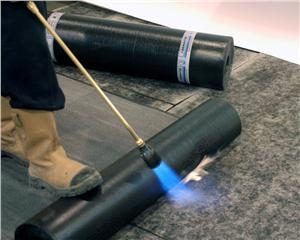
PVC
This roofing system is highly reflective and very durable. PVC is one of the top flat roof options because it is easy to install and lacks water permeability, meaning it can resist water ponding. It’s three main benefits are very comparable to number 5 on the list, spray-applied roof coatings. The problem with PVC, and the biggest difference from roof coatings, is that it is applied in rolls, and therefore it has seams that can lead to roof failure. When it is rolled out, these seams must be taped or glued together. While this may resist water for a while, it will not hold up for 10-15 years as a seamless roofing system would.
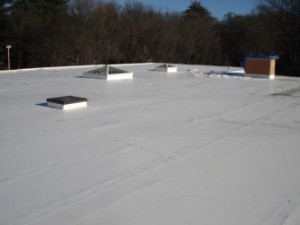
Single Ply EPDM
EPDM is similar to PVC as both are single ply, but EPDM is a rubber compound rather than plastic. EPDM systems are very durable and have built a reputation around durability, but they are not without their weak points. The seams in the EPDM system are treated with adhesives and this makes the seams vulnerable over long periods of time. This sealing system often leads to maintenance on the seams, or building owners living with leaks. This is one of the more maintenance-intensive flat roof options.
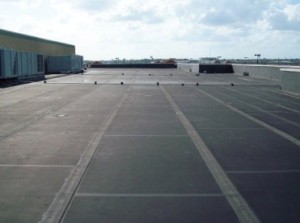
Spray-Applied Roof Coating
Specifically, silicone roof coating systems. These are the roofing systems that we apply, and we believe they are the best because of their seamless application (sprayed on), ability to resist ponding water, and reflective properties. As the roof reflects the sun, it helps to reduce energy consumption inside the building. These roofs are also extremely sustainable, as a new roof can be applied over top of most substrates, including on top of our own substrate, meaning no operations inside the building must stop for application. The downside of this system is cost, which is expected for a system that provides such high quality and so many features. Silicone roof coatings are typically one of the top two most expensive roofing solutions, depending on the roof layout and the specific situation.
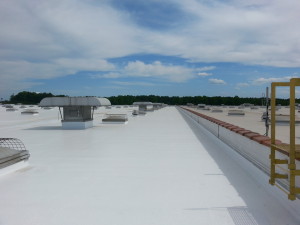
Looking to Replace Your Roof?
If you’re looking to replace your roof, give us a call. Our salesmen are knowledgeable on many different roofing systems, not just our own, so they can answer most questions regardless of the system you’re interested in. Thanks for reading, and if you like what you see, fill out the information to the right and subscribe! Also, for a much more detailed look at these and other flat roof options, check out the flat roof wikipedia page.
